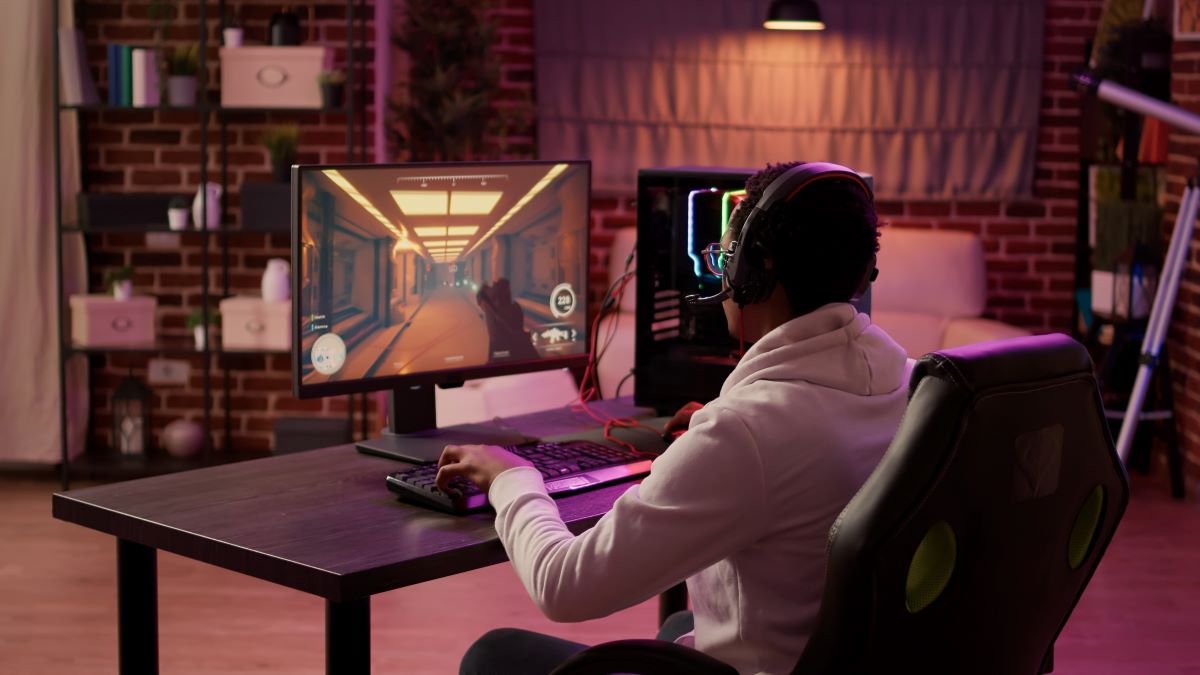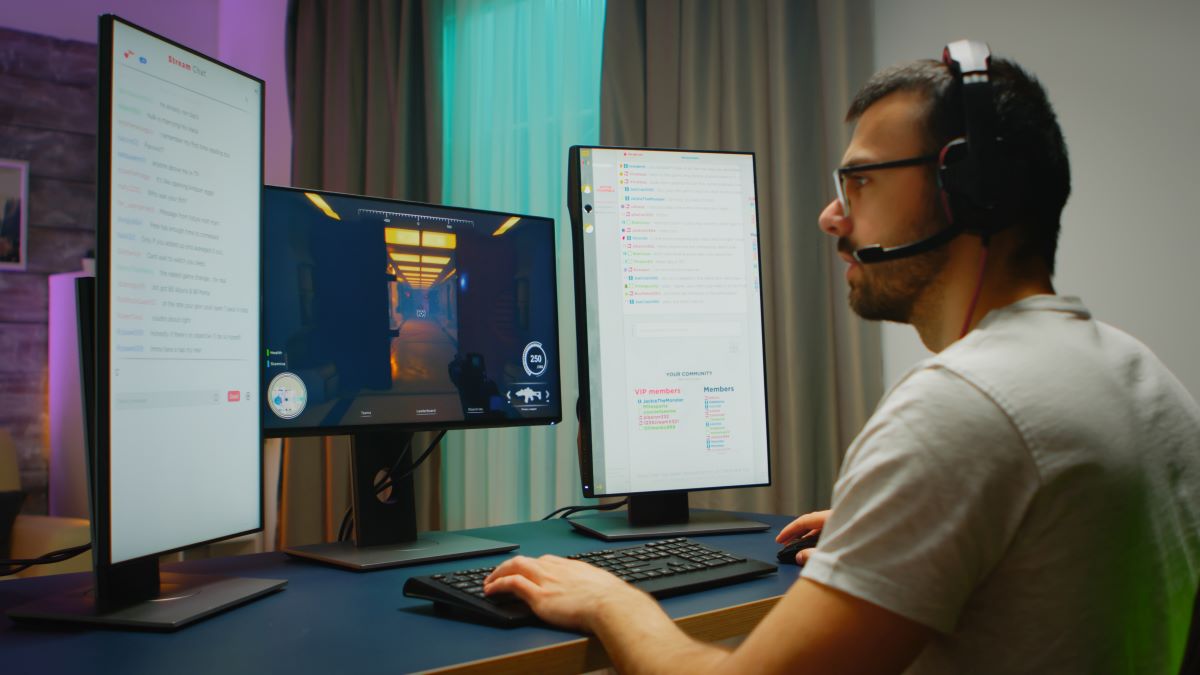How Do You Get Started With Unity for 2D?
Jumping right into game design is sometimes the best way to get started. It’s thrilling to see your own work come to life on the screen, and that creative zeal is the best fuel for getting started in game design.
Unity is one of the most widely used free game engines. It also has a fantastic 2D engine, so no 3D models are required. Another appealing feature of Unity is that it does not necessitate extensive programming knowledge.
Here is a Step-by-step Guide on How to Get Started With Unity for 2D:
Idea
Before you begin, decide what type of game you want to create. Here are a couple of game design questions you should ask yourself to help you figure this out:
- Is it a platformer, a top-down game, or perhaps an isometric game?
- What will the central theme and plot be?
- What will it resemble?
- What engine are you going to use?
Most importantly, how will your game stand out from the crowd? What new mechanics or ideas does it introduce, and what will it excel at?
Although you don’t need solid or specific answers to the majority of these questions, you do need to have a general idea of what you’re going to make before you begin. Later on, you can expand on this concept and create a basic prototype for it. Some people prefer to do this on paper, while others prefer to simply brainstorm.
Let’s start with a platformer. In this case, the platformer’s unique rule is that the player must control two characters at the same time to solve puzzles, and the characters must meet to complete the level.
Once you’ve come up with a few ideas for what to make, you’ll have a guide to help you get started. You can now proceed to the prototyping stage.
Create 2D games with Unity
Unity is the world’s most popular 2D and 3D game creation platform, accounting for 50% of all mobile games. Unity’s free version is available to new users. You’ll get access to a platform for creating 2D games, and also a slew of free resources from us and our incredible community.
- Join a thriving community
- Extensive resources
- Documentation, tutorials, forums, training
- The largest marketplace for assets and tools
- Thousands of resources to speed up your projects
- Hire 2D Game Developers that support from the world’s most active group of game developers.
- Fully extensible editor
- 2D/3D support
- Streamlines the workflow for 2D and 3D, or the best combination
- A rich set of features
- Scene editing, animation, Particle System authoring, and audio mixing tools.
- Customizable
- Match to your specific workflow and production needs
- Native high performance and graphics
- For mobile with support for Metal and Vulkan
- Get ready for business!
- Optimize revenue and user-retention
- IAP, ad network, and real-time analytics tools are all integrated.
- Reach users on every platform
- It is simple to build and deploy to all major and emerging mobile platforms.
- Explore new opportunities
- Migrate your popular mobile games to desktop, consoles, or mobile devices. VR
- Unity’s new, highly modular runtime allows you to create small, light, and fast instant games.
- Complete control over your file size
- Work with the Editor you know and love
- Unparalleled performance and scalability
Make a 2D game, in a 2D game
When you download Unity engine, you can start creating with one of our pre-made Microgames, such as the 2D Platformer. Each Microgame includes a set of Mods, which are fun customizations that will teach you about important Unity workflows.
Create a 2D RPG in just one hour!
Creator Kits are simple game projects that can be completed in about an hour and are available on Unity Learn. Because the 2D RPG Kit is code-free, you can concentrate on learning the Unity Editor and customising the game to your own ideas and interests.
Design 2D gameplay
Creator Kits are simple game projects that can be completed in about an hour and are available on Unity Learn. Because the 2D RPG Kit is code-free, you can concentrate on learning the Unity Editor and customising the game to your own ideas and interests.
Learn 2D tools
Ruby’s Adventure is a project that will teach new creators the basics of 2D game development and coding. Ruby’s journey will teach you how to use sprites, how to write your first script, how to use the Tilemap tool, decorate your scene, and create particles, user interface (UI), audio, and more.
Roadmap and build
The roadmap is just one of the many options available to you from here. All of the time-consuming setup work is completed now that you have a prototype.
Making a roadmap is an excellent way to plan an indie game. A roadmap can be created by imagining all of the features you want in the game, arranging them on a timeline, and interspersing them with time to make improvements and fix bugs.
For example, your roadmap could look something like this:
- Add coin system
- Add player health and damage
- Basic enemies
- Bug check
- Refine base art
- Create game over and win scenarios
- Add UI elements
- Add Menu system
This begins to put the game’s scope into context and allows you to see how much work remains between this prototype and a finished game. Knowing this distance is critical because you don’t always have unlimited time and attention to devote to a game.
Roadmapping also helps to keep your expectations in check and provides you with a path to follow. Following the creation of a roadmap, the next step is to adhere to it as you continue to improve your game.
Conclusion:
This process has only gotten you to the beginning of a game; the rest is up to you. Unity has a thriving community. Coding or game design boot camps are excellent teaching resources. The path to becoming a game developer begins with your first game, no matter how simple, and continues to grow from there. Glownight Games is a top 2D game development company. Our teams are always excited about new developments and rarely does an update pass without the addition or enhancement of a feature that is directly relevant to our work.






Comments
Post a Comment